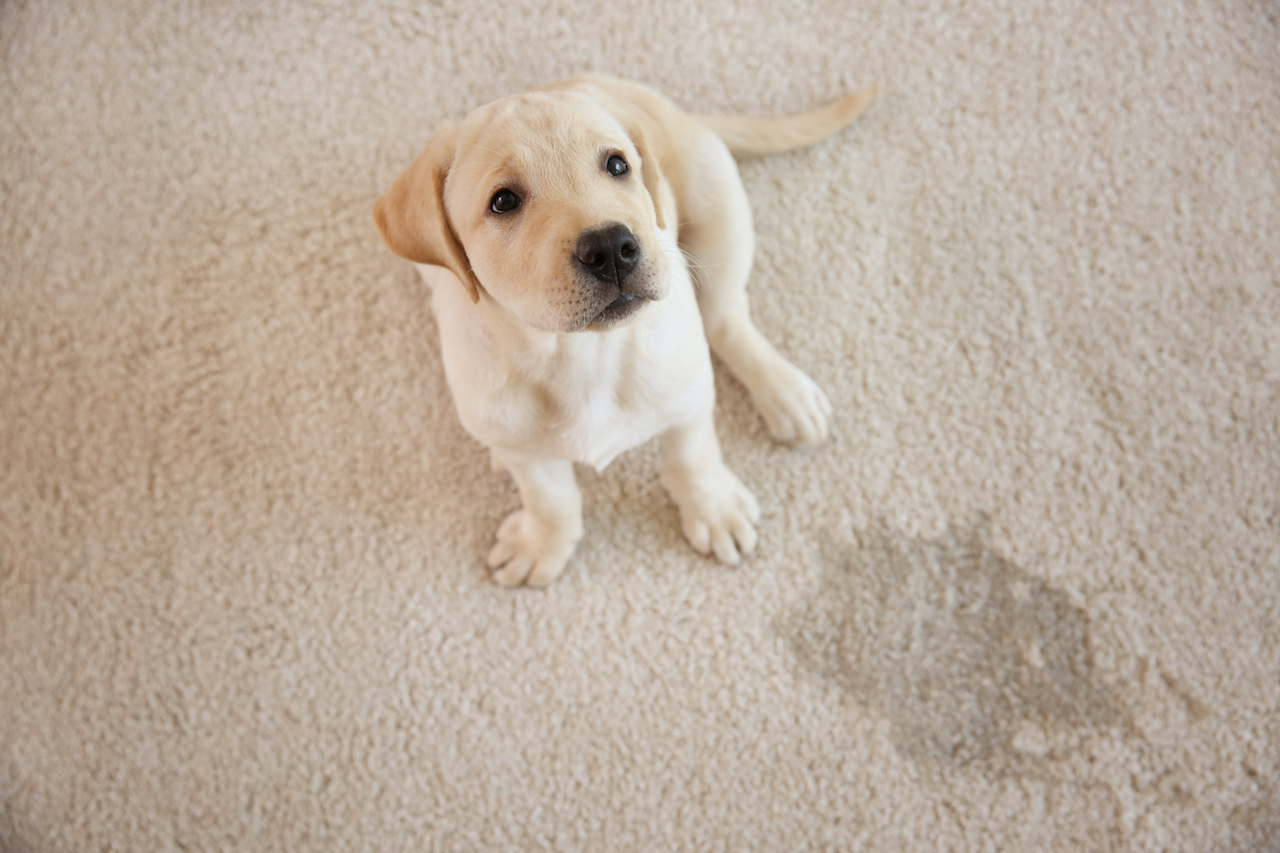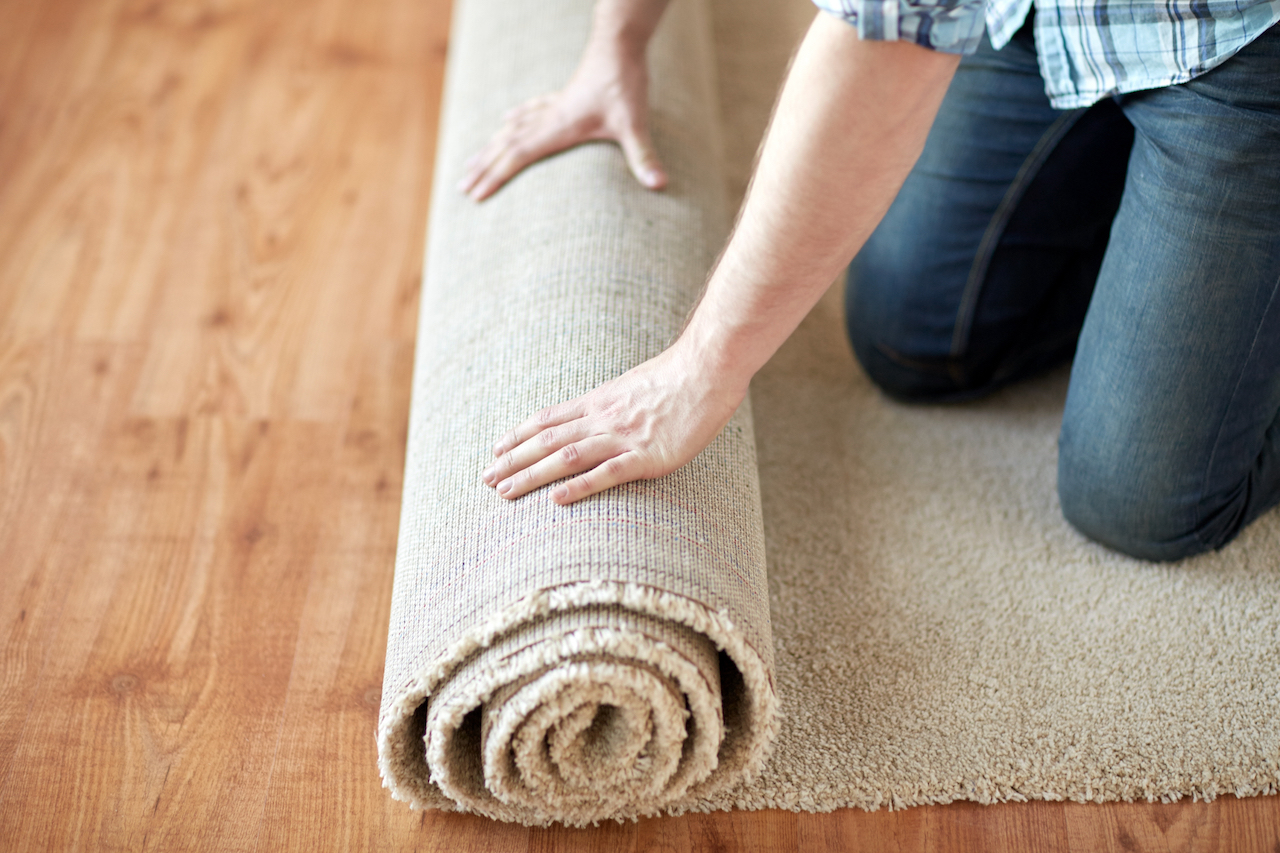Residential property as any commodity has a lifespan. You cannot utilize it forever, at a certain point the walls will become fragile, a foundation will start to sag and the building will collapse. However, the building can last for centuries if it is properly exploited. Of course, you cannot fully get rid of the wear and tear. Paint on the walls fades, doors and windows frail, carpeting peels. Those factors decrease the value of the property. Furthermore, the property becomes less appealing to the potential tenants and start to give less return on the investment. However, there are certain time-honored solutions that can help you to reduce this unfortunate process and protect your investment.
Wear and Tear vs. Damage
First, let’s clarify the terminology. What is the difference between wear and tear and damage?
Wear and tear occur naturally over time. It happens due to aging, the influence of wind or sunlight, etc. Damage is a result of tenants’ negligence and abuse. Damage is the responsibility of the tenant and can be deducted from the security deposit. The security deposit should be reasonable yet substantial enough to cover all potential losses. In contrast, wear and tear is the responsibility of the landlord. There are certain grey areas in this distinction, so let’s take a closer look and review specific wear and tear examples.
Every material has an average useful life. In case of normal wear and tear, carpeting should last for approximately 5 years. During this period carpets can be worn out, it can have a couple of rough patches. This is considered normal wear and tear. However, if the carpet has stains or ripped parts it is considered the damage and should be reimbursed by the tenant. Hardwood floor is destined to serve for 25 years, and if it has deep scratches and missing parts, it is also considered damage. Similarly, countertops have a relatively long lifespan. If countertops are chipped or burned it is way beyond normal wear and tear.
What else can be deducted from the security deposit?
There are a couple of other instances that should be discussed. Generally, cleaning during the turnover is the responsibility of the landlord. However, if the tenant was not properly cleaning the apartment certain issues may arise. Sticky cabinets and interior, lipstick on the mirrors, missing mini-blinds, toilet stopped by diaper a should be considered damage since it requires more than just regular cleaning. The same is true for odors. Reducing excessive smells goes beyond regular maintenance. The tenant should be charged for that unless the odor is caused by mold or other factors beyond tenants’ control. Moreover, if the lease has a clause that allows smoking inside, the landlord cannot charge the tenant for odors associated with tobacco.

What about pets?
Pets are very common human companions. If the property is not pet-friendly the landlord is losing a significant portion of the market. Therefore accepting a tenant with a pet is a very smart move. However, pets can disturb the neighbors, urinate on the carpets, or gnaw the furniture. The effective insurance against damage associated with pets is a pet deposit. It should be set for a significant amount, that could cover potential damages. Nevertheless, sometimes it is hard to distinguish the damage from the tenant and the pet. That why recommend preparing your apartment for being pet-friendly. Remove all the rugs and carpeting, unless your city has carpet rules. Omit wooden furniture, when shopping for the new decor.
Reduce wear and tear
Now you know how to distinguish damage from the normal wear and tear. Damage can be covered with the security deposit, that is legally enforceable. But if you want your property to remain unshattered as long as possible that is not enough. You should also think about reducing wear and tear. There is a number of approaches to achieve this goal. First of all, during construction or renovation, you should use the most durable materials.
Floor
For flooring, the most durable materials include vinyl, laminate, and engineered hardwood. Those materials do not have to be glued or nailed. They click together and can be installed over the existing floor. You can also install the underlayment to make it warmer or absorb excessive sound. Those materials are water-resistant, pleasant for the feet, and last long.

Kitchen
The most widespread problem for the kitchen is its not properly cleaned. Because of that dust, odors and food waste eat into the furniture. In order to mitigate that, consider kitchen renovations that can make your kitchen easier to clean. Plastic is a better material for countertop than wood. It is easy to clean and it slowly wears off. Splash guards are absolutely necessary. Install them behind the counters and sink to avoid water damage to the walls. Walls should be painted with gloss paint or equipped with tile to avoid damage from moisture.
Plumbing
It is critical to always keep track of the state of plumbing. Failure to do so can result in leaks, damage to floors, tenants’ belongings, or even damage to the neighboring property. Therefore you should perform regular inspections and replace aged pipes as soon as possible
Wooden Everything
Wooden is an excellent material for cabins, interior, and exterior doors. This material is virtually indestructible and it is easy to renovate. You just need to apply some sanding and refinishing. Sometimes just a repainting will do.
Relationship with tenant
A reckless tenant who does not treat the rental as a home can severely accelerate wear and tear. Some things cannot be qualified as damage and deducted, but still remain a painful mark on your property. Therefore the attitude of the tenant is the key factor in the preservation of the rental. The wise landlord should create a situation where a tenant feels like a resident. It is a significant shift in perspective when tenant views themselves as a resident and not just a renter. A resident treats the rental as the actual home. The landlord should encourage this shift in perspective, be reliable responsive, provide guarantees, and do reasonable adjustments. This way tenants will understand that they can count on their places in any life circumstances. In this scenario, residents tend to preserve property better, they also stay longer, significantly reducing turnover. There are multiple components for being a good landlord.
Mariia Kislitsyna
Mariia serves as editor-in-chief and writer for the Rentberry and Landlord Tips blogs. She covers topics such as landlord-tenant laws, tips and advice for renters, investment opportunities in various cities, and more. She holds a master’s degree in strategic management, and you can find her articles in such publications as Yahoo! Finance, Forbes, Benzinga, and RealEstateAgent.